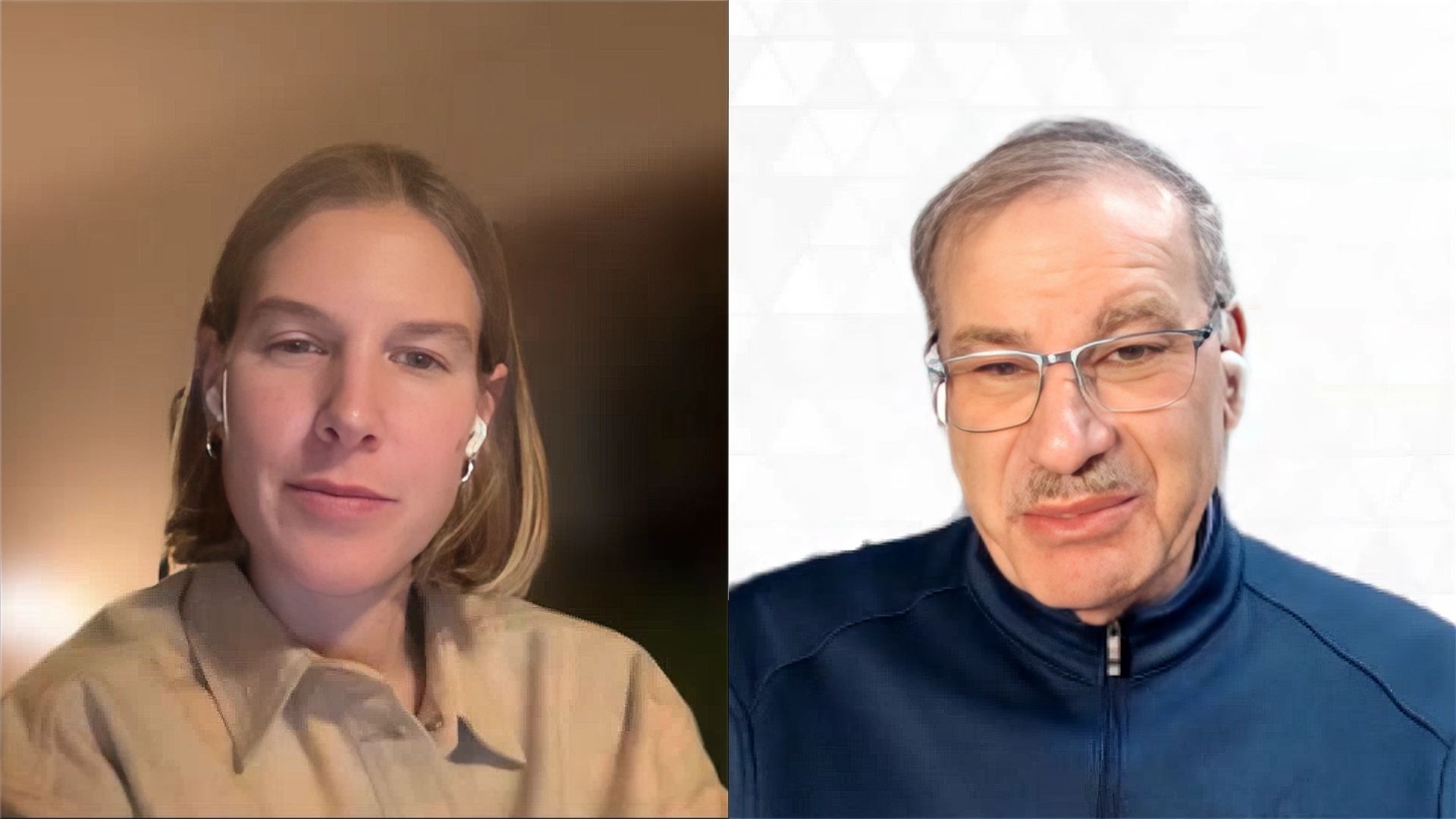Sign up for our newsletter!
Your data will be handled in compliance with our privacy policy.
Your data will be handled in compliance with our privacy policy.

The ultra-thin capacitor market is entering a new phase as major players like Murata and Samsung invest heavily in silicon-based solutions. In a recent interview, YAGEO Group's CTO Philip Lessner explains why Smoltek's CNF-MIM technology could offer superior advantages to silicon-based solutions in this rapidly growing market.
Thomas Barregren • December 10, 2024
Philip Lessner, CTO of the YAGEO Group – one of the world’s largest manufacturers of passive components – has been closely following both the market and the development of Smoltek’s CNF-MIM technology over the past six months. In this wide-ranging interview, which follows on from his previous interview in June, Dr. Lessner shares his observations on recent progress and thoughts on future potential.
When asked about Smoltek’s development over the past year, Lessner immediately points to two significant advances.
The first is the switch to a new dielectric stack that has increased the dielectric constant by more than 1.5 times. It’s worth noting that this new stack, developed in collaboration with an academic lab in Korea, is now showing what Lessner describes as “very stable performance under heat and voltage” in YAGEO’s own electrical test labs.
The second breakthrough that draws Lessner’s attention is more visual. After examining scanning electron microscope photos of our latest nanofiber growth results, he specifically praises the team’s achievement in growing long, vertical carbon nanofibers that maintain their direction without tangling – a crucial advancement that he describes as “very impressive.”
This ability to grow taller, well-aligned nanofibers is key to achieving higher capacitance. According to Lessner, increasing the height from about 4 microns to 10 microns is one of the critical steps in Smoltek’s development plan. The goal is to match the industry benchmark of 1.5 microfarads per square millimeter, currently achieved by TSMC, the world’s leading manufacturer of ultra-thin capacitors.
One of the most interesting parts of the interview comes when Lessner explains what he sees as a fundamental advantage in Smoltek’s manufacturing approach.
While our competitors like TSMC, Murata and Samsung use what he calls a “subtractive technology”—they need to etch trenches in the substrate—Smoltek does the opposite. Our “additive technology,” as Lessner explains it, builds up the structure by adding material exactly where needed. Why does this matter? Because according to Lessner, it results in a more mechanically stable substrate.
When discussing future possibilities, Lessner points to another significant advantage that sets Smoltek apart: our ability to grow carbon nanofibers on various substrates, not just silicon.
This might not seem revolutionary until you consider, as Lessner points out, that major players like Intel are actively pursuing glass interposer substrates. The fact that our technology could potentially work with materials like glass or aluminum opens up exciting possibilities for future applications.
For those following our progress toward commercialization, Lessner outlines what he expects to see ahead. Based on his discussions with our CTO, he hopes to see a first product in early 2025, achieving about one-third of the market-leading performance levels previously mentioned. By late 2025 or early 2026, he believes the technology could match these performance levels.
While mobile phones currently drive the market for ultra-thin capacitors, Lessner sees AI data centers as the next major growth opportunity.
His explanation of the power requirements for next-generation AI processors, particularly GPUs, is eye-opening: they may need up to 1000 watts at one volt or less—meaning peak currents of 1000 amps. This is where Smoltek’s ultra-thin capacitors could shine, enabling vertical power delivery systems placed directly under the processor—significantly reducing power loss and improving efficiency.
Lessner acknowledges the strong competition from industry giants like TSMC, Murata and Samsung, noting that they are “fierce competitors” and “absolute giants” in the electronics industry.
However, he emphasizes what makes Smoltek different: “You have a unique technology that’s different from the technology that they’ve invested in,” he notes. Even more encouraging is his belief that our technology “has the potential to exceed the performance of the incumbent technology once it’s fully developed.”
I invite you to watch the full interview above, where Lessner shares more detailed insights about our technology and market position. His analysis provides a valuable perspective on both our current position and future potential in the ultra-thin capacitor market.
Your data will be handled in compliance with our privacy policy.